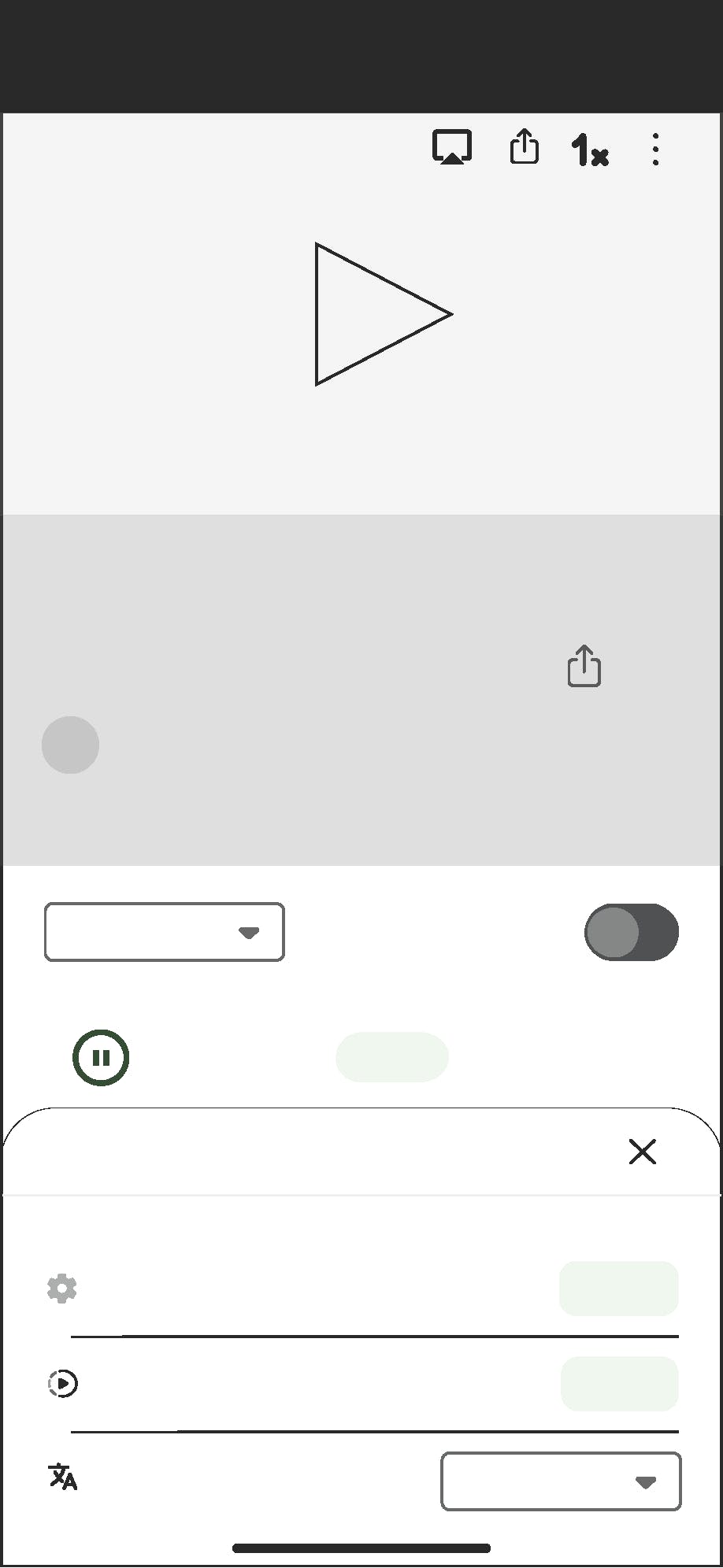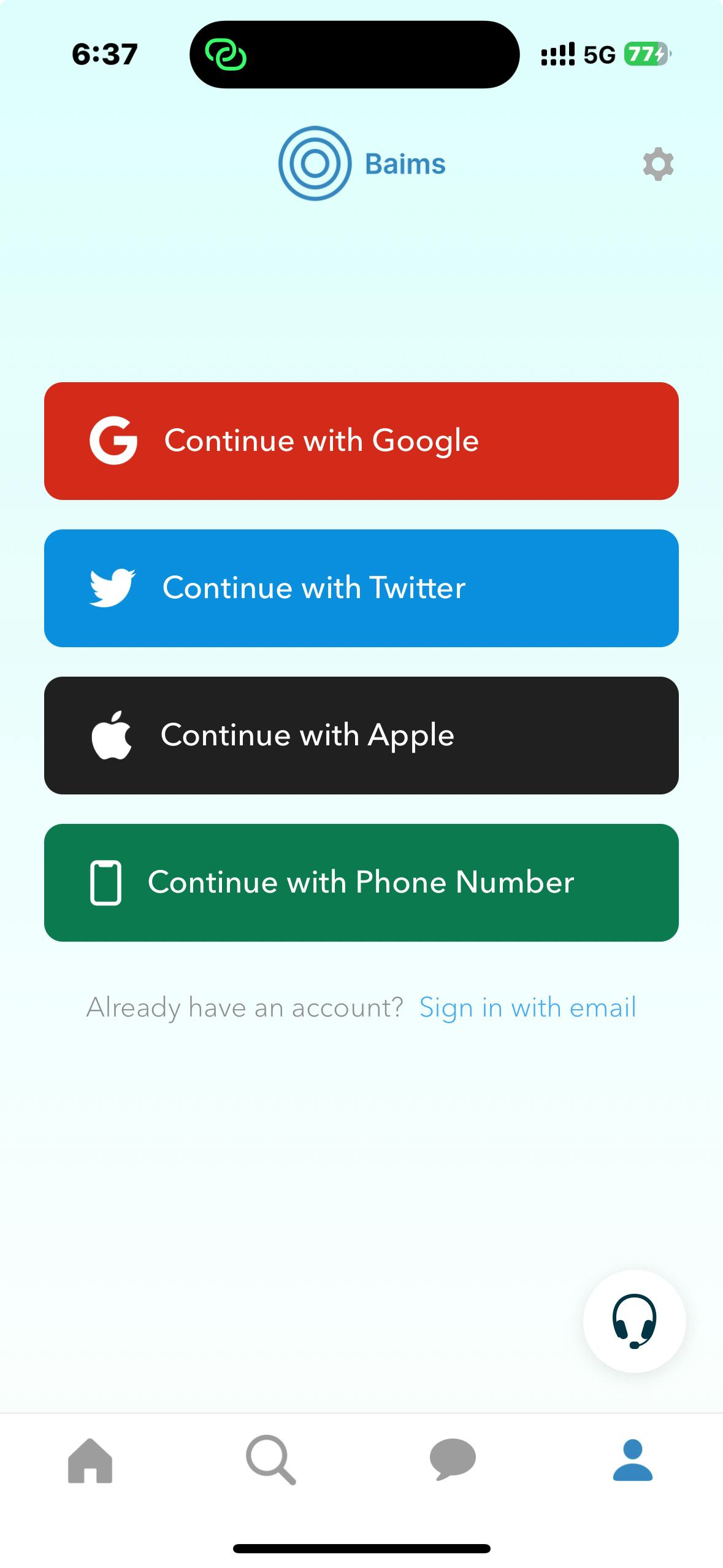Elevating the Baims Learning Experience: Strategic Insights & Recommendations
A PM Case Study about User-Centric Approaches
Introduction
Baims is an online educational platform that provides technical and professional courses in the Arab world. As a product manager passionate about EdTech, I was drawn to Baims's challenges in providing a seamless user experience. Their potential to reach a wider audience through accessible content particularly interested me. Through my analysis, I identified key areas hindering Baims' growth, including limited content accessibility and a lack of engaging features. In this case study, I present strategic solutions to address these challenges.
Identified Issues and Solutions
Here's a breakdown of the primary issues I identified and my corresponding solutions:
1. Content Accessibility and Engagement

Problem: Many potential users may prefer to learn in English or use English to strengthen their comprehension of the course material. Additionally, the lack of closed captions and video transcripts hinders accessibility for users with hearing impairments. This creates a barrier for a wider audience and could negatively impact course completion rates, ultimately affecting user acquisition and retention.
Solutions:

AI-driven audio translation, transcription, and captioning:
Begin with Arabic closed captions and transcripts, followed by English audio translations.
Implement a phased quality control system (initial machine translation + native speaker review on a sample basis).

Interactive Content
Knowledge checks: Short quizzes integrated strategically within videos.
End-of-module Quizzes: Assess comprehension and knowledge retention.

Discussion boards: Promote peer-to-peer learning, with instructor moderation on a set schedule.
- Teacher Presence
Course Introductions: Brief video introductions of the instructor at the start of each course.

- Q&A segments: Pre-recorded videos where the teacher addresses common questions at the end of modules.
User Onboarding Experience


- Problem: Baims' current onboarding process lacks comprehensive information gathering, presents confusing sign-up prompts, and misses the opportunity to engage new users with teacher bios. These issues create friction in the initial user experience, potentially hindering conversion and long-term retention.
Solutions:

- Enhance the onboarding experience by prompting users for detailed educational information and preferences.

Plan for Engaging Onboarding: Develop a strategy to introduce teacher bios and course video previews as compelling elements of the onboarding experience once Baims opens its platform to external instructors.
Differentiate between 'Sign Up' and 'Sign In' on the platform to streamline the user onboarding process.
Baims' Context
Begin with features that can be integrated more quickly, either through existing platforms or with limited custom development. This allows for immediate improvements while building a roadmap for more advanced in-house solutions.
Investing in the development of a robust content creation and interactive feature toolkit will provide Baims with greater control and scalability as they continue to grow.
3. Customer Support and Engagement

Problem: Limited interaction with customer support in course comments and a non-automated WhatsApp chat function.

Solution: Enhance the customer support framework by introducing automated chat responses for common queries and ensuring timely replies to in-course comments. Consider integrating a more sophisticated chatbot service for WhatsApp to improve responsiveness and engagement.
4. Technical and Hosting Improvements


Problem: Baim’s platform encountered an Access Denied error when accessing a file hosted on AWS S3, suggesting a potential permissions issue. While this might be a one-off incident, it raises concerns about the overall management and configuration of content hosting on the platform. The challenge lies in ensuring secure, reliable access to educational content without compromising on performance or user experience.
Solutions:
Immediate Remediation:
- Audit and Resolve: Conduct a comprehensive audit of AWS S3 buckets and objects to identify any similar access issues. Prioritize the resolution based on impact, starting with high-traffic or critical content.
Systematic Improvements:
Logging and Monitoring Enhancement: Implement or enhance logging and monitoring using AWS CloudTrail and Amazon CloudWatch. This will provide visibility into access requests, errors, and usage patterns, helping to identify and address potential issues preemptively.
Policy and Configuration Review: Undertake a thorough review of bucket policies, IAM roles, and object-level permissions. Update these configurations to align with best practices for security and accessibility, ensuring that content is accessible to authorized users while preventing unauthorized access.
Training and Documentation: Develop and disseminate comprehensive documentation and training materials focused on best practices for managing content on AWS S3. This will empower team members to configure permissions and settings correctly, reducing the likelihood of future access issues.
Strategic Enhancements:
Content Delivery Network (CDN) Optimization: If not already in use, integrate Amazon CloudFront or another CDN solution to improve content delivery speeds and reduce latency, ensuring a seamless user experience across the Baims platform.
Alternative Solutions Evaluation: Continually evaluate the efficacy of the current hosting solution and explore alternative technologies or AWS services that could offer improvements in content delivery, reliability, and cost-efficiency.
Feedback and Adaptation:
- Establish User Feedback Mechanisms: Implement channels for collecting and analyzing user feedback regarding content access and delivery. Use this feedback to guide ongoing improvements and adaptations in hosting and content delivery strategies.
Contingency Planning:
- Develop a Contingency Plan: Create a detailed plan for quickly addressing future access issues, including diagnostic procedures, resolution steps, and communication protocols for notifying users of disruptions.
Implementation Plan
Short-Term:
Upgrade the authentication system and streamline the sign-up flow.
Begin the UX and navigation overhaul, starting with the payment flow for free courses.
Initiate the content audit to fix broken links.
Medium-Term:
Implement AI-driven auto-translation for course materials.
Introduce interactive content features and teacher face recordings in videos.
Enhance the onboarding process with comprehensive information gathering and teacher bios introduction.
Long-Term:
Develop and integrate a sophisticated chatbot service for WhatsApp and in-course comments.
Complete the migration of course content hosting to a reliable platform.
Continuously monitor user feedback to iterate and improve the platform's offerings.
Key Metrics
Users Engaged with Translated Content: This measures the direct impact of your translation solution, demonstrating potential reach into new markets or better serving bilingual students.
Course Completion Rates: Analyze completion rates separately for translated and non-translated courses. A significant increase in completion for translated content is a strong indicator of success.
Time Spent on Courses: Compare the average session length or overall time spent by users on translated vs. non-translated courses. Greater engagement with translated courses will be apparent in this metric.
While all of the listed metrics are important, a significant increase in Course Completion Rates for translated courses would be the strongest indicator that the implemented solutions are improving the user experience and directly contributing to Baims' growth goals.
Limitations and Future Considerations
This case study was developed without the opportunity for direct user research. However, the proposed solutions address observable limitations of Baims' current platform and are informed by broader trends in the EdTech space. It's essential that Baims prioritizes the following upon implementation:
Robust Data Collection: Implement mechanisms to track course completion rates, feature usage, and qualitative user feedback. This data will be invaluable in validating the effectiveness of the implemented solutions.
Iterative Approach: Use collected data to inform continuous improvement of features and to identify further areas for enhancing the user experience.
Conclusion
By implementing the proposed solutions, including AI-driven translation, interactive content features, enhanced onboarding, expanded accessibility features, and strategic teacher onboarding, Baims will significantly improve the overall user experience and make its educational offerings more inclusive. This emphasis on user-centric design and personalization will foster a more engaged and satisfied user base, as evidenced by metrics such as course completion rates, solidifying Baims' position as a leading educational platform in the Arab world.
Share Your Insights
I'd love to hear your thoughts on my analysis and proposed solutions for Baims. Leave a comment below!
